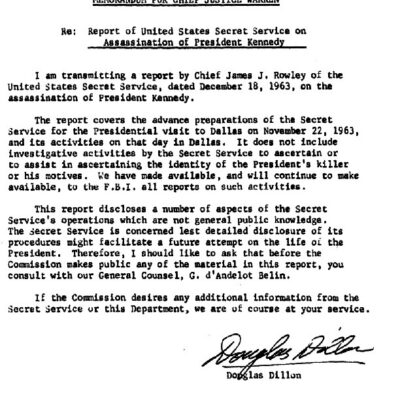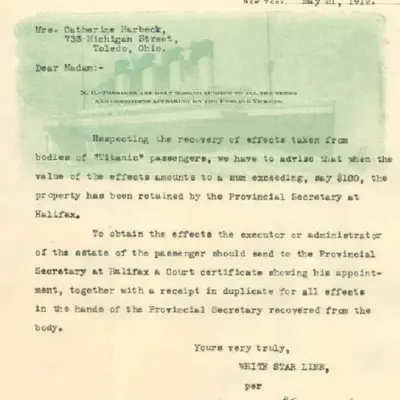
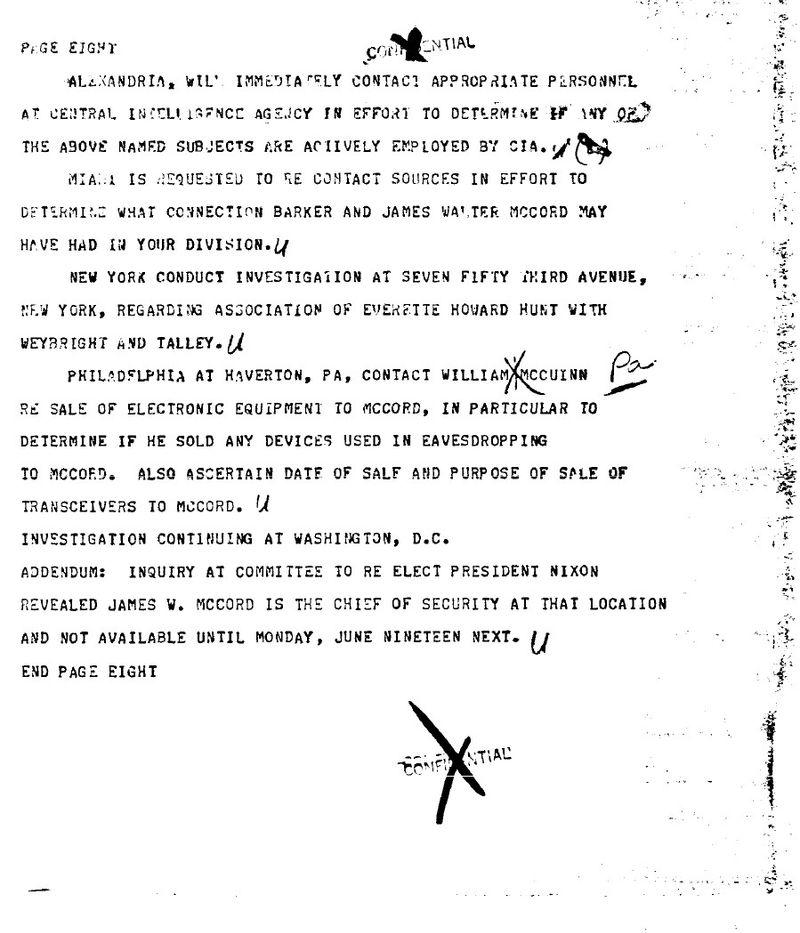
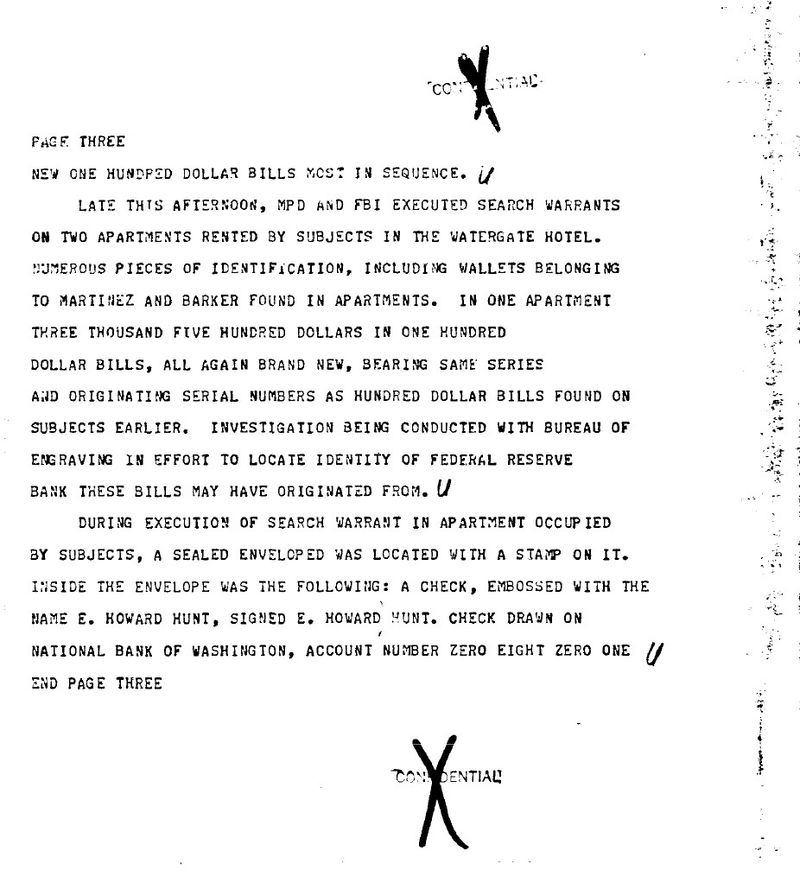
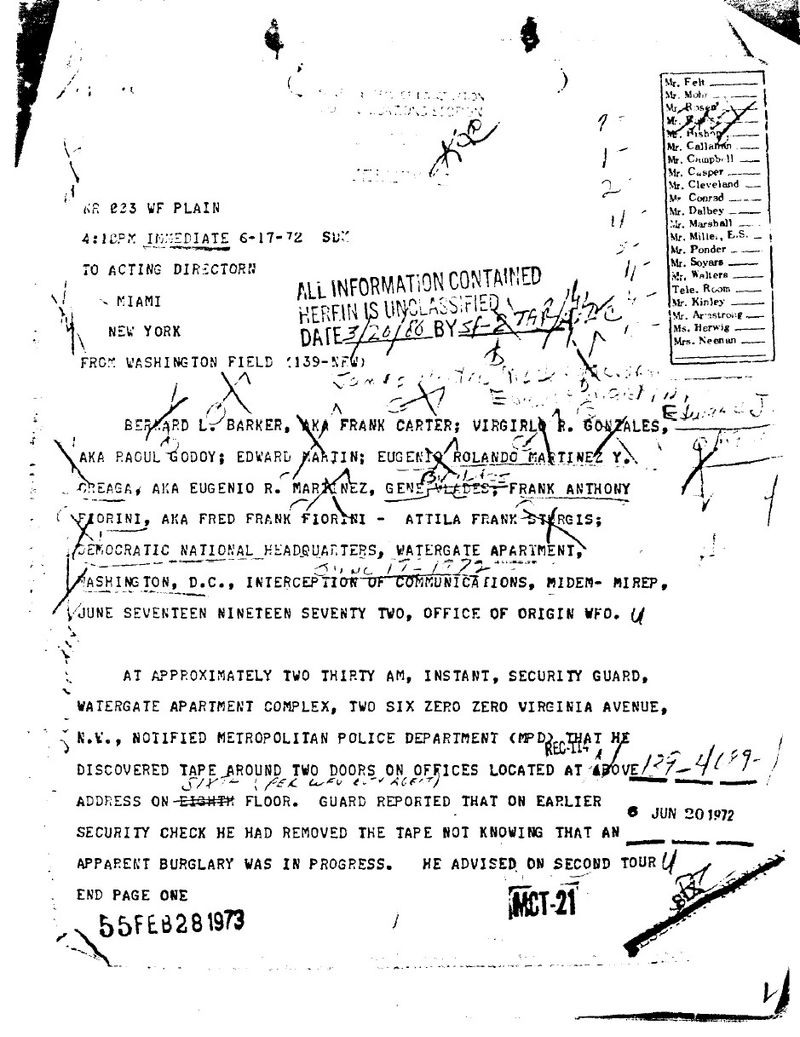
Watergate Break-in Investigation FBI Files
$19.50
Description
Watergate Scandal: Timeline and Key Figures
Watergate Scandal Timeline:
June 17, 1972 (Very Early Morning):
- Watergate Complex security guard Frank Wills notices a taped-open door leading into the building.
- District of Columbia Metro police are called to the Watergate Hotel.
- 2:31 AM: Five men are arrested inside the Democratic National Committee (DNC) offices on the sixth floor of the Watergate building. These men are later identified as Bernard Barker, Virgilio Gonzales, James McCord, Eugenio Martinez, and Frank Sturgis.
1972 – 1979:
- The FBI conducts a wide-ranging investigation into the Watergate break-in.
- Investigations begin to uncover a variety of legal violations and evidence of misdeeds.
- Evidence implicates members of the Nixon White House in the break-in and subsequent cover-up.
May 1973 – September 15, 1975:
- The Watergate Special Prosecution Force operates, investigating and prosecuting individuals involved in the Watergate scandal.
July 1974:
- The FBI’s Office of Planning and Evaluation (OPE) issues a 123-page report analyzing the Bureau’s investigation of Watergate.
- The OPE report addresses criticisms of the FBI’s handling of the investigation, reviewing various materials including White House transcripts, Senate Watergate Committee proceedings, confirmation testimony, books, articles, inspection reports, memoranda, and FBI file materials.
- The OPE report includes a chronology of significant Watergate events and biographical sketches of key individuals.
Over Time (as a consequence of the investigations):
- A chain of events and public scandal unfolds, increasingly implicating the Nixon administration.
- Several high-ranking officials face legal repercussions:
- H. R. Haldeman (White House Chief of Staff) receives a prison term.
- G. Gordon Liddy is imprisoned.
- Egil Krogh (White House aide) is imprisoned.
- Charles Colson (White House Counsel) is imprisoned.
- John Dean (White House Counsel) is imprisoned.
- John Ehrlichman (Presidential Adviser) is imprisoned.
- President Richard Nixon eventually resigns from office due to the unfolding scandal.
Cast of Characters:
- Frank Wills: Security guard at the Watergate Complex who noticed the taped-open door, leading to the discovery and arrests.
- Bernard Barker: One of the five men arrested inside the DNC offices during the break-in.
- Virgilio Gonzales: One of the five men arrested inside the DNC offices during the break-in.
- James McCord: One of the five men arrested inside the DNC offices during the break-in.
- Eugenio Martinez: One of the five men arrested inside the DNC offices during the break-in.
- Frank Sturgis: One of the five men arrested inside the DNC offices during the break-in.
- H. R. Haldeman: White House Chief of Staff under President Nixon. Investigations revealed his involvement in the Watergate cover-up, leading to a prison term.
- G. Gordon Liddy: Played a key role in the planning and execution of the Watergate break-in and subsequent activities. He was imprisoned for his involvement.
- Egil Krogh: White House aide who was implicated in Watergate-related activities and served a prison term.
- Charles Colson: White House Counsel under President Nixon who was involved in various aspects of the Watergate scandal and served a prison term.
- John Dean: White House Counsel under President Nixon who became a key witness in the Watergate investigations, providing damaging testimony. He also served a prison term.
- John Ehrlichman: Presidential Adviser to Richard Nixon who was heavily involved in the Watergate cover-up and eventually served a prison term.
- Richard Nixon: The President of the United States during the Watergate scandal. The scandal and subsequent investigations led to his eventual resignation from office.
- L. Patrick Gray III: Nominee for FBI Director whose confirmation hearings were reviewed as part of the OPE report on the FBI’s Watergate investigation.
- Earl J. Silbert: U. S. Attorney for the District of Columbia whose work on Watergate was reviewed in the OPE report.
- William D. Ruckelshaus: Deputy Attorney General whose confirmation testimony was examined in the OPE report.
- E. Howard Hunt: (Mentioned in the OPE report’s list of significant individuals) Another key figure involved in the planning and execution of the Watergate break-in.
- Jeb Magruder: (Mentioned in the OPE report’s list of significant individuals) A high-ranking official in the Committee to Re-elect the President (CRP) who was involved in the Watergate scandal.
- John Mitchell: (Mentioned in the OPE report’s list of significant individuals) Former Attorney General and head of the Committee to Re-elect the President (CRP), deeply implicated in the Watergate cover-up.
WATERGATE BREAK IN INVESTIGATION FBI FILES
17,504 pages of FBI files, dating from 1972 to 1979, covering the breaking and entering of the Democratic National Committee Headquarters offices in the Watergate Hotel building in Washington, District of Columbia.
Very early in the morning on June 17, 1972, Frank Wills, a security guard at the Watergate Complex, noticed that a door leading into the building had its lock taped open. District of Columbia Metro police were summed and at 2:31 AM five men were arrested on the sixth floor of the Watergate building inside the offices of the Democratic National Committee.
In time investigations uncovered a variety of legal violations and evidence of misdeeds implicating members of the Nixon White House. This lead to a chain of events and public scandal that would eventually lead to the resignation of President Nixon as well as prison terms for White House Chief of Staff H. R. Haldeman, G. Gordon Liddy, Egil Krogh, White House Counsels Charles Colson and John Dean, and presidential adviser John Ehrlichman.
FBI Watergate Investigation Files
17,363 pages of FBI documents covering the Bureau’s investigation of Watergate matters starting with the arrest of the burglars, through the immense scope of events that came to be known as Watergate.
FBI Office of Planning and Evaluation Analysis Report
A 123-page report issued in July 1974, completed by the FBI’s Office of Planning and Evaluation (OPE) by the order of the Director of FBI. The purpose of the report was to address criticism of the Bureau’s investigation of Watergate matters. The OPE reviewed materials which provided a comprehensive cross section of commentary regarding the FBI’s investigations. The materials reviewed included “White House Transcripts”, proceedings of the Senate Watergate Committee; confirmation testimony before the Senate Judiciary Committee on the nomination of L. Patrick Gray III to be FBI Director, Earl J. Silbert to be U. S. Attorney for the District of Columbia, and William D. Ruckelshaus to be Deputy Attorney General. Numerous books and articles relating to the Watergate matters were also reviewed. In addition, inspection reports, summary memoranda, and selected FBI file materials were reviewed and analyzed by the OPE. The OPE identified 15 criticisms which it addressed.
The report includes a chronology of significant Watergate events, biographical sketches of significant individuals related to Watergate subjects, including the five burglars (Barker, Gonzales, McCord, Martinez, and Sturgis), Charles Colson, John Dean, John Ehrlichman, H.R. Haldeman, E. Howard Hunt, G. Gordon Liddy, Jeb Magruder, John Mitchell, and others.
Watergate Prosecution Summary
The FBI’s copy of an 18-page Department of Justice summary of a report on the activities of the Watergate Special Prosecution Force from May 1973 to September 15, 1975.

